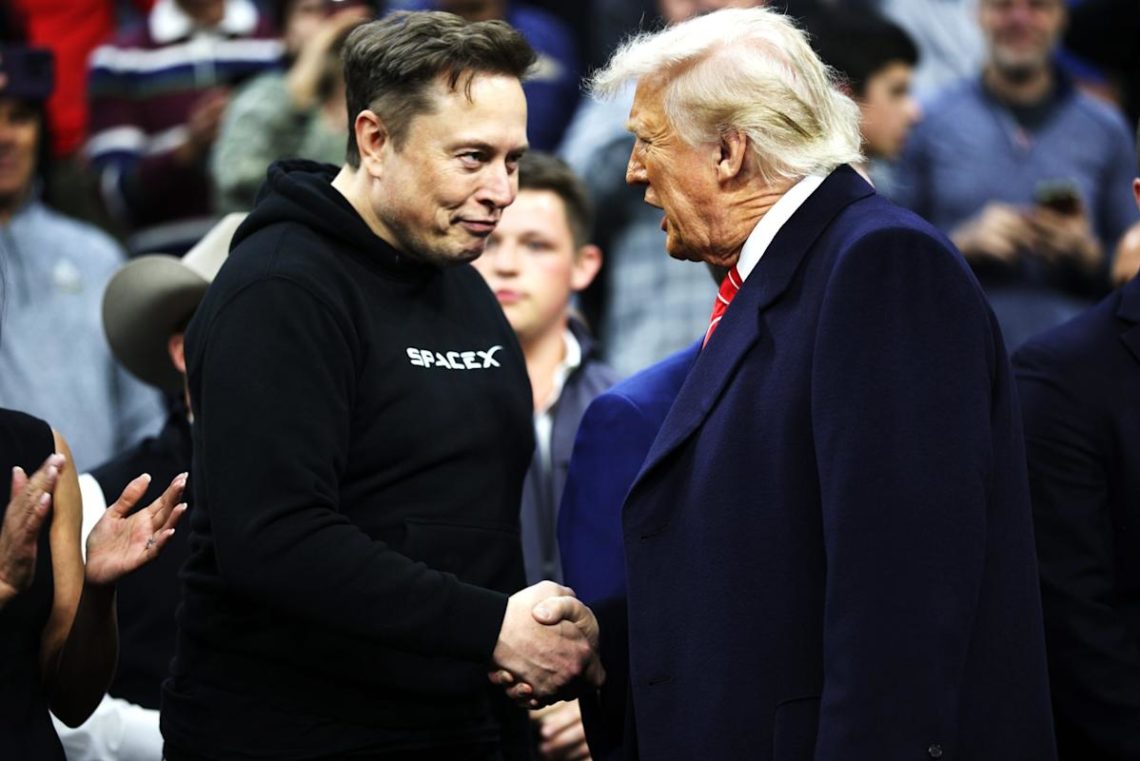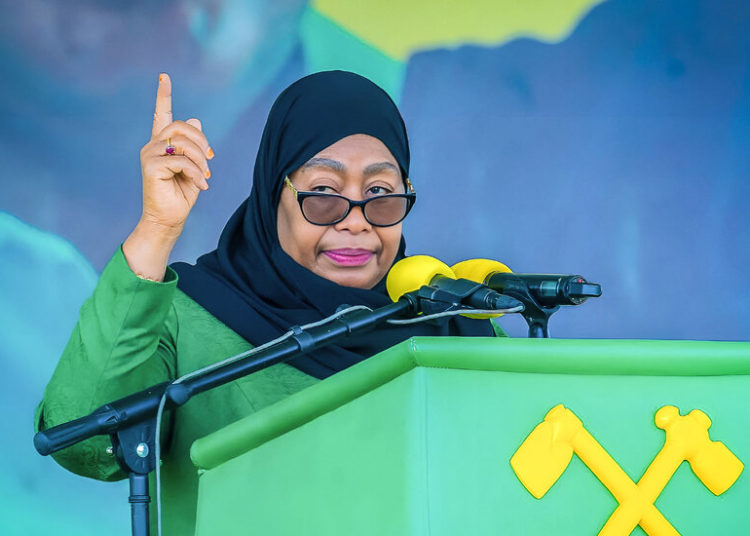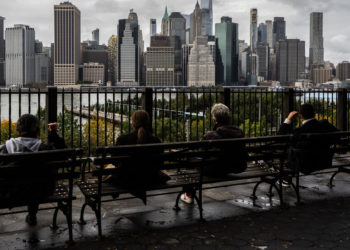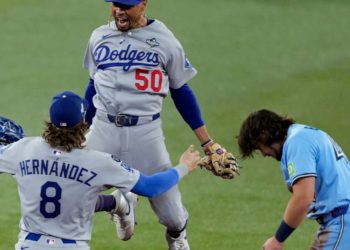-
Tesla has stopped taking orders for the Model S and Model X in China, which now face retaliatory 125% import duties levied by Beijing. Local customers are only able to choose from new cars still in inventory at its showrooms across the country. Fortunately, they are not in high demand so the damage to Tesla is minimal.
The Trump administration’s trade war with China backfired for the president’s senior advisor Elon Musk when Tesla was forced to pull two cars from its biggest growth market.
His electric vehicle manufacturer is no longer accepting orders for its premium Model S sedan and sibling Model X crossover. Both built exclusively in California for worldwide export, the duo are subject to the new 125% import duty Beijing slapped on U.S. goods in retaliation for Trump’s own similarly punitive tariff imposed this week.
Sales of the two models are now only possible from the dwindling inventory of vehicles Tesla already shipped from its Fremont plant near San Francisco to Chinese showrooms across the country.
The decision comes as Trump, whom Musk backed in the election with over a quarter billion dollars, ignited a trade war with the entire world that caused markets to tank. On Wednesday, Trump blinked after his new regime of punitive tariffs had only been in effect for a few hours, blaming “yippy” markets.
But he held firm on his China tariffs, and Beijing has now responded in kind.
Fortunately for investors, the damage is minimal. Current estimates suggest no more than 2,000 Model S and X units are at risk, a little more than a tenth of one percent of Tesla’s global annual volume.
For one, Tesla doesn’t rely on exports to China for its business. Much like other foreign brands that are major players in China, the overwhelming bulk of its sales come from vehicles locally built and sourced. In Tesla’s case, it builds the Model Y and 3 in its Shanghai factory.
Typically carmakers only export niche models to China that compete in segments so small the added costs of setting up a second assembly line, even in a market its size, simply cannot be justified economically.
This goes equally for flagship luxury cars like the BMW 7 Series and Mercedes-Benz S-Class as well as Musk’s Model S and X.
Secondly, the Tesla duo at this point are so old they barely factor at all into its business when compared with the newer Model 3 and Model Y. For example, the S has largely been sold unchanged since 2012, save for design tweaks often too minor for the layman to spot.
Tesla did not respond to a Fortune request for comment.
This story was originally featured on Fortune.com
The post Trump tariffs backfire on Elon Musk, as Tesla pulls U.S.-built models from China appeared first on Fortune.




